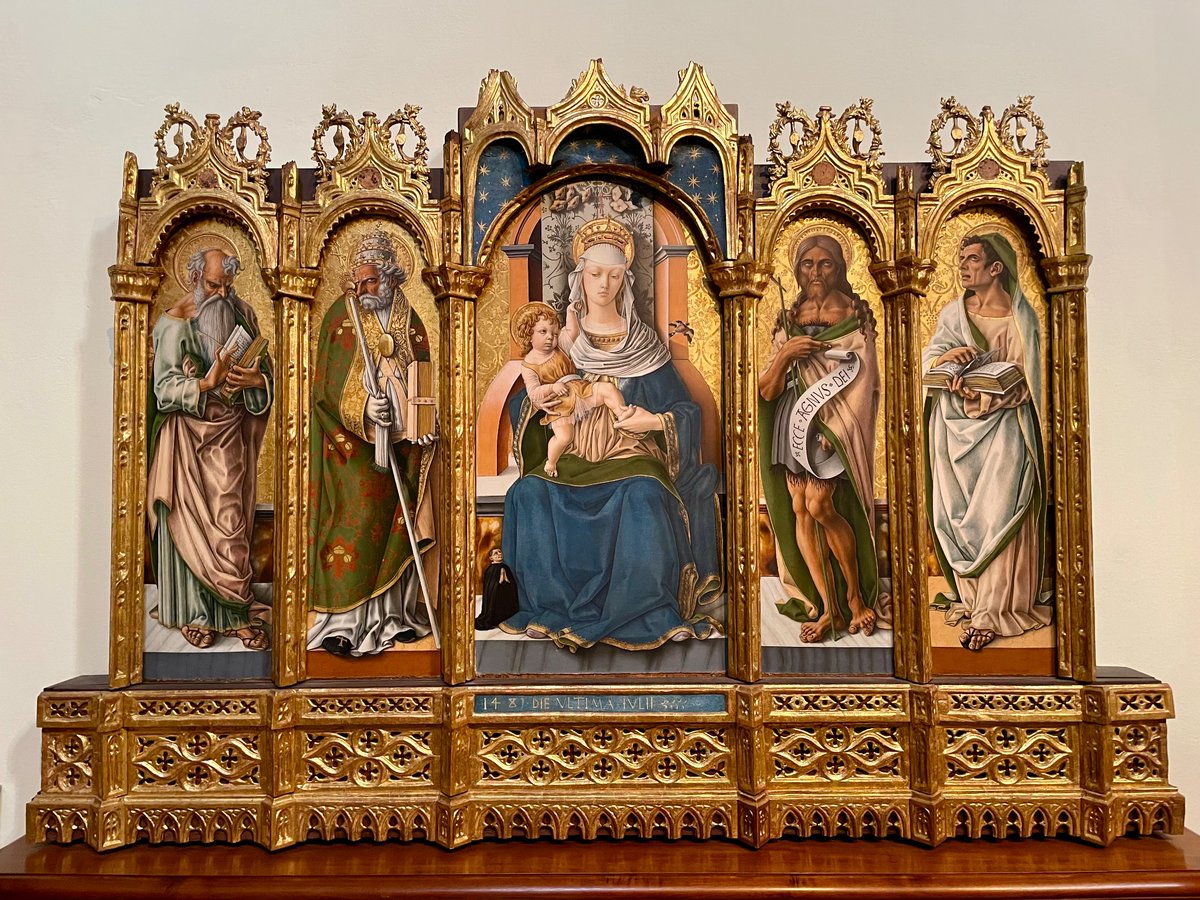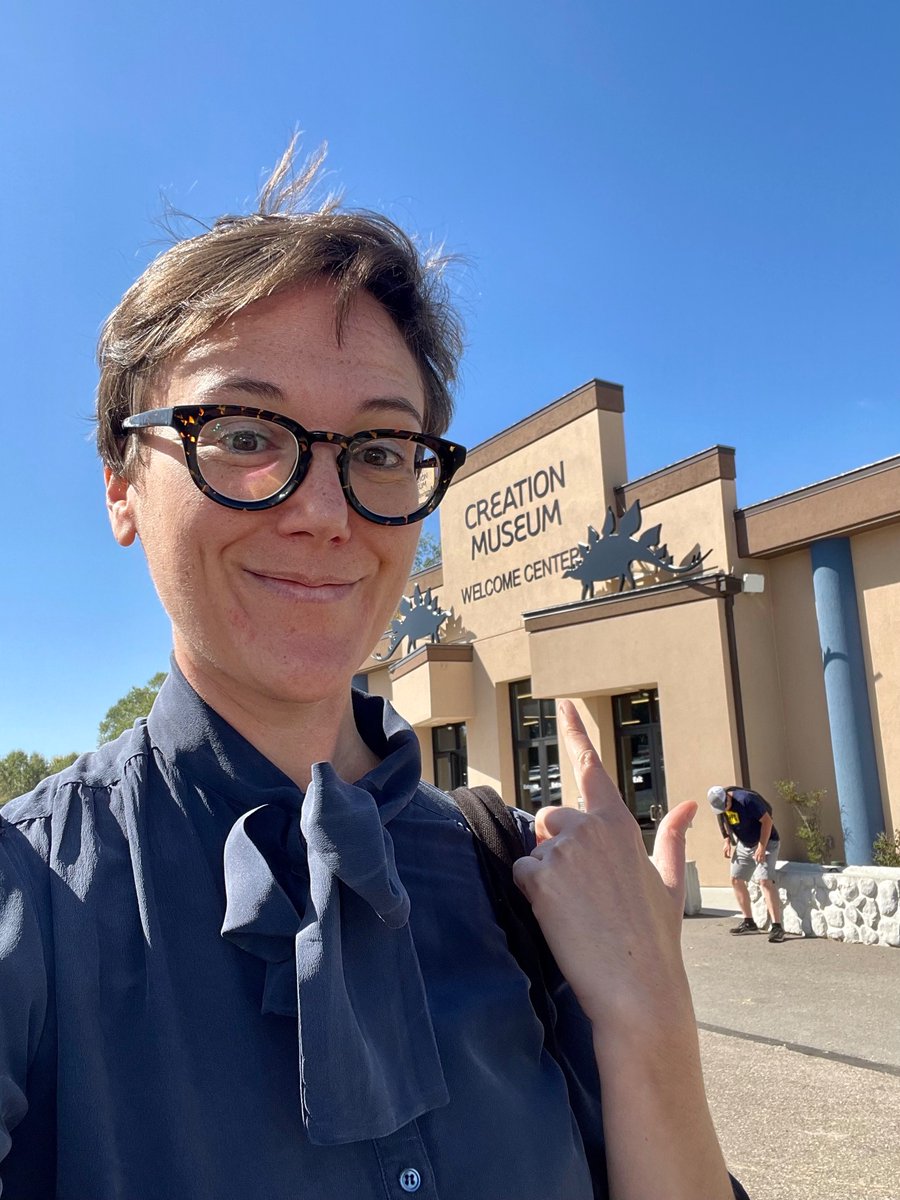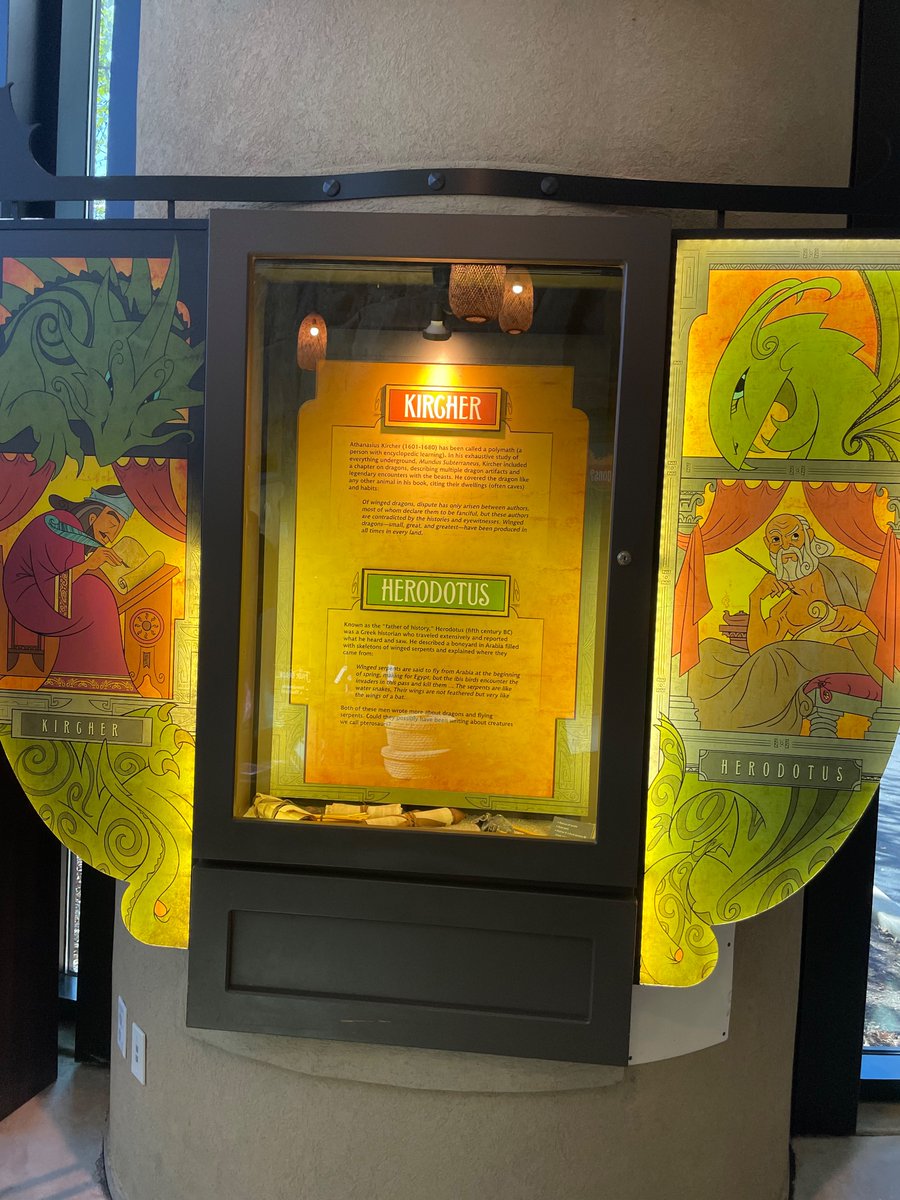Why getting divorced helped my understand why I was so exhausted all the time in grad school: a short thread on #hypervigilance and academia
My ex and I have 50-50 custody. When I’m with my kids, I am in bed by 9 (and want to be there by 7...) and find it hard to concentrate on writing even when they’re in school. But on weeks without them, I’m full of energy and brainpower.
I recently read about hypervigilance: a symptom/result of some anxiety disorders, PTSD, trauma, and for me now, basically just an effect of parenting. Hypervigilance means your body and mind is in constant high alert, scanning for threats.
“In hypervigilance, there is a perpetual scanning of the environment to search for sights, sounds, people, behaviors, smells, or anything else that is reminiscent of activity, threat or trauma.” en.m.wikipedia.org/wiki/Hypervigi…
Being on constant high alert is EXHAUSTING. And it’s hard to concentrate on big intellectual tasks when your brain is continually scanning your surroundings and your every act to fend off danger.
Thinking about the effects of hypervigilence when I’m with my kids made me realize that this was also my normal state during the entirety of grad school.
I was always exhausted from the effort of fending off disaster. I was always afraid that one slip - one stupid thing said in a seminar or just at the bar (since I hung out/lived with other grad students) - would unmask me as a pretender and deny me an academic career.
• • •
Missing some Tweet in this thread? You can try to
force a refresh



























